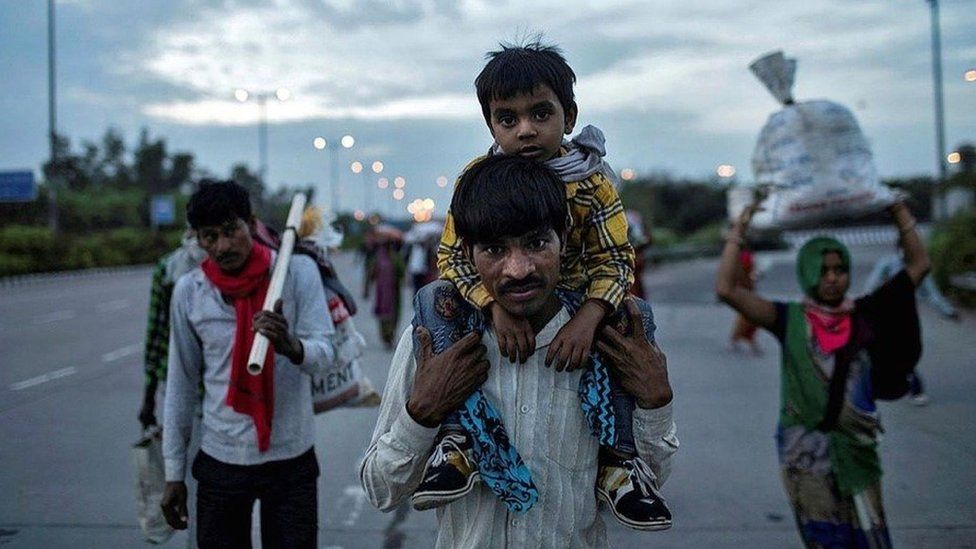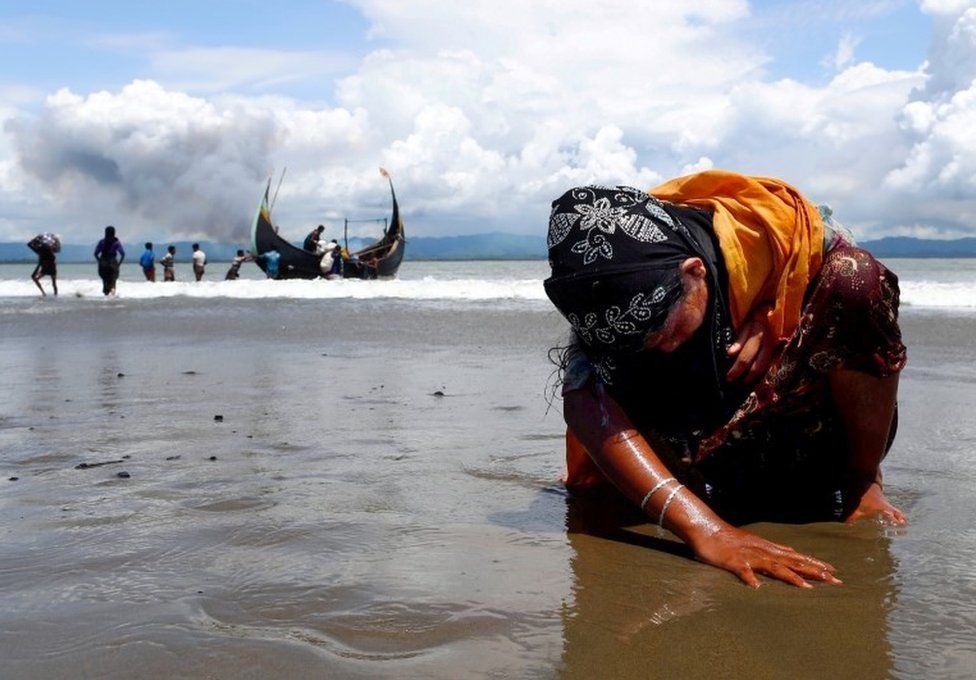(July 17, 2021; 4.15 pm) He painted emotions with his photographs, they were evocative, heartrending, stark, and more human than any reportage. For Pulitzer-winner Danish Siddiqui shooting images that put a human face to conflict – portraying the other side of the battle lines – was a passion. The 38-year-old Reuters photojournalist whose images riveted the world, was killed on July 16 while on an assignment covering the Afghanistan-Taliban conflict in Spin Boldak, Kandahar.
According to Reuters, he was reporting on fighting between Afghan commandos and Taliban fighters when he was hit in the arm by a shrapnel. He received first aid and by then, the Taliban fighters had retreated from fighting. However, when Siddiqui had been talking to shopkeepers, the Taliban had attacked again when the photojournalist was killed.
The Humvee in which I was travelling with other special forces was also targeted by at least 3 RPG rounds and other weapons. I was lucky to be safe and capture the visual of one of the rockets hitting the armour plate overhead. pic.twitter.com/wipJmmtupp
— Danish Siddiqui (@dansiddiqui) July 13, 2021
A Reuters photographer since 2010, Siddiqui’s work got noticed because of his penchant for shooting evocatively even in conflict situations across the world. He had one said,
“What I enjoy most is capturing the human face of a breaking story. I shoot for the common man who wants to see and feel a story from a place where he can’t be present himself.”
From Delhi to the world
Born in Delhi in 1983, Siddiqui graduated in Economics from Jamia Millia Islamia and went on to pursue his Mass Communication from AJK Mass Communication Research Centre at Jamia in 2007. He began his career as a correspondent with Hindustan Times before joining TV Today in 2008 as a television news correspondent. After a little more than a year as a TV journalist he switched to photojournalism and joined Reuters in 2010 and was promoted as Chief Photographer in 2019.
Talking about his switch to photojournalism, Siddiqui told Forbes, “I felt, that when I was taking pictures, I had much more freedom over my content than when I was reporting. Also, TV was only reporting big news, not small stories affecting the interiors of the country. That’s why I moved to photojournalism in 2010.”

This image was shot by Danish during the migrant exodus during the lockdown in India; Photo Courtesy: Reuters
While with Reuters, he covered the Battle of Mosul (2016-17), the 2015 Nepal earthquake, the Rohingya refugee crisis, 2019 Hong Kong protests, 2020 Delhi riots and the ongoing COVID-19 pandemic among others. A photograph he captured during the Delhi riots was featured as one of the defining photographs of 2020 by Reuters. Another image depicting an activist firing a pistol at protesters as the police looked on became evidence of “the emboldening of Hindu nationalists” in the wake of the Citizenship (Amendment) Act, 2019.
Award-winning work
His 2018 work documenting the Rohingya refugee crisis won him the Pulitzer Prize for Feature Photography. The judging committee described the series as “shocking photographs that exposed the world to the violence Rohingya refugees faced in fleeing Myanmar”.

This 2018 picture of the fleeing Rohingyas won Danish the Pulitzer Prize; Photo courtesy: Reuters
Talking about his work in the series, Siddiqui had told Forbes, “As a photojournalist you want to show the story as it’s happening. But we didn’t have access to Myanmar, where all the action was. So, Cox’s Bazar in Bangladesh, on the other side of the border, was my base and I was working in the villages and small towns around it. My motto was to show an entire story in one frame and, luckily, the two pictures I took in the award-winning series did just that.”
“In one of the pictures, you can see a Rohingya village getting burnt in the background and, in the other, a Rohingya woman lying on the beach and others jumping off the boat with their belongings. The second, in fact, was my favorite because it’s a challenge to get the whole story in one picture. One person in a frame can be anywhere; it is important to show why they were there.”
Family ties
Mumbai-based Siddiqui is survived by his wife and two young kids. In a report in The Indian Express, his father Mohammad Akhtar Siddiqui said, he spoke to his son “almost every night”. “The last time I spoke to him was the day before yesterday. He didn’t seem to be unsafe and he seemed very confident about his work,” he said.
Editor’s Take
Reporting from ground zero is never easy. Journalists put their lives at stake several times over to bring to light the real picture. Danish Siddiqui’s work covering various conflicts over the years and giving his audience a human angle to the face of conflict was remarkable. He painted a story with his pictures; not an easy task in face of hardship and danger. But he soldiered on, till the very end.
- RELATED READ: Two Indian American journalists bag Pulitzer

